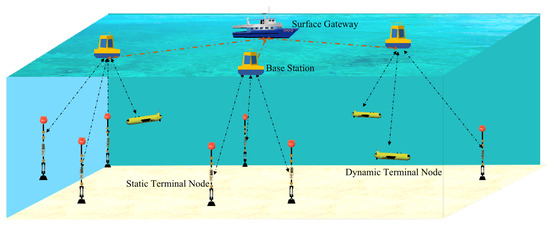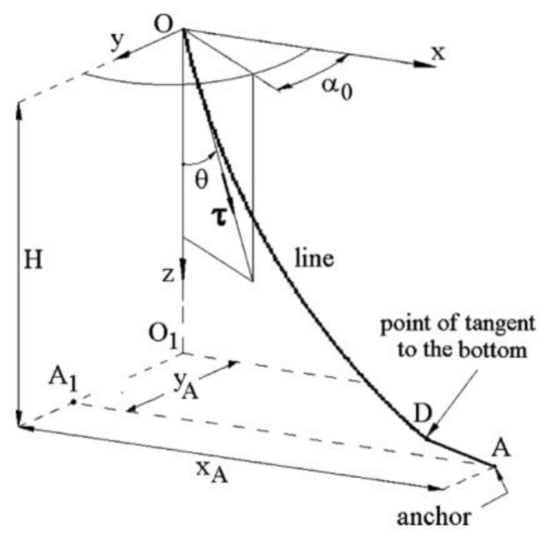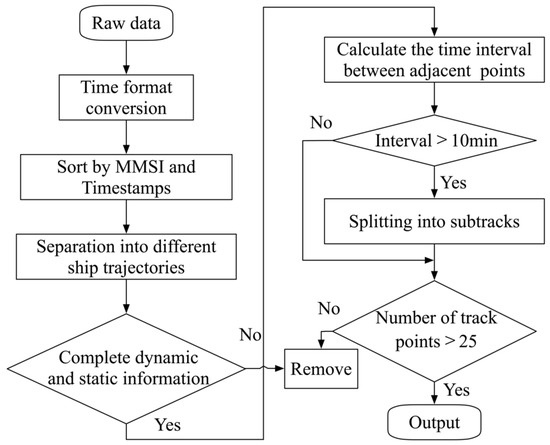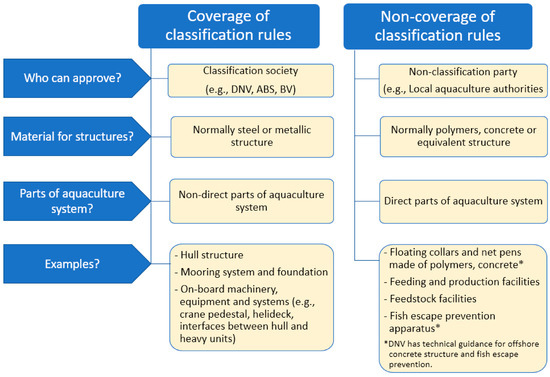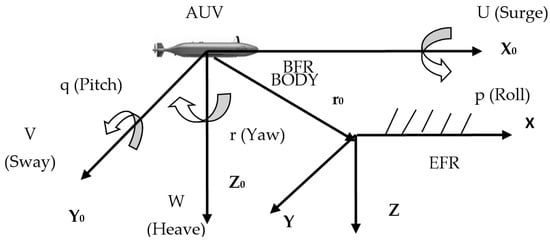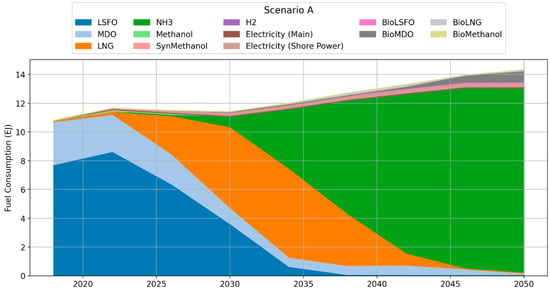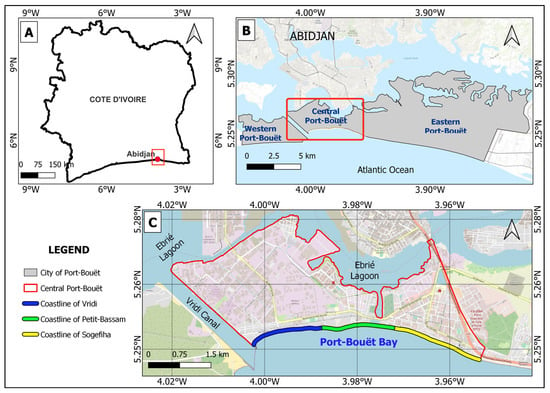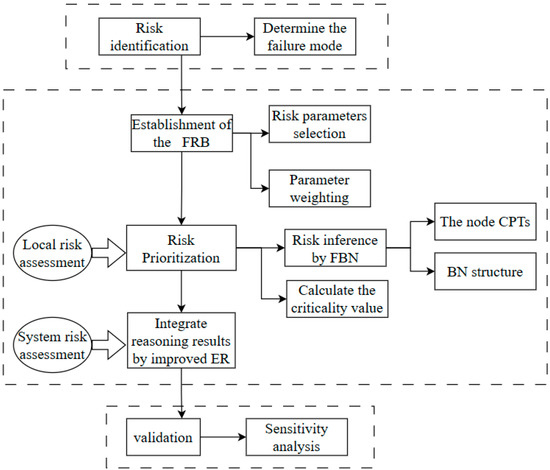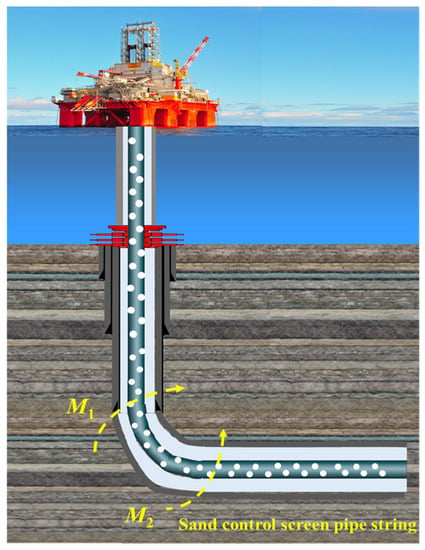Open AccessReview
Photogrammetry, from the Land to the Sea and Beyond: A Unifying Approach to Study Terrestrial and Marine Environments
by
Torcuato Pulido Mantas, Camilla Roveta, Barbara Calcinai, Cristina Gioia di Camillo, Chiara Gambardella, Chiara Gregorin, Martina Coppari, Teo Marrocco, Stefania Puce, Agnese Riccardi and Carlo Cerrano
Cited by 20 | Viewed by 6264
Abstract
The series of technological advances that occurred over the past two decades allowed photogrammetry-based approaches to achieve their actual potential, giving birth to one of the most popular and applied procedures: structure from motion (SfM). The technique expanded rapidly to different environments, from
[...] Read more.
The series of technological advances that occurred over the past two decades allowed photogrammetry-based approaches to achieve their actual potential, giving birth to one of the most popular and applied procedures: structure from motion (SfM). The technique expanded rapidly to different environments, from the early ground-based and aerial applications in terrestrial scenarios, to underground and underwater surveys. Nevertheless, the transfer through different media required a period of adaptation that could take anything from years to decades. Only recently, thanks to the emergence of low-cost versatile imaging systems, have airborne and underwater photogrammetry became approachable to a wide range of research budgets, resulting in a popular cost-effective solution for many disciplines. Although numerous review efforts have already been made to resume the current knowledge on photogrammetry, this review summarizes the evolution of the technique in both terrestrial and underwater environments, paying special attention to the transfer of methods and techniques between the two environments. The acquired information helped to identify trends during its development and to highlight the urgency to widen the range of its applications in aquatic habitats in order to fill the current gap of knowledge on their structure and species distribution, delaying the design of proper conservation strategies.
Full article
►▼
Show Figures

